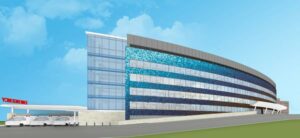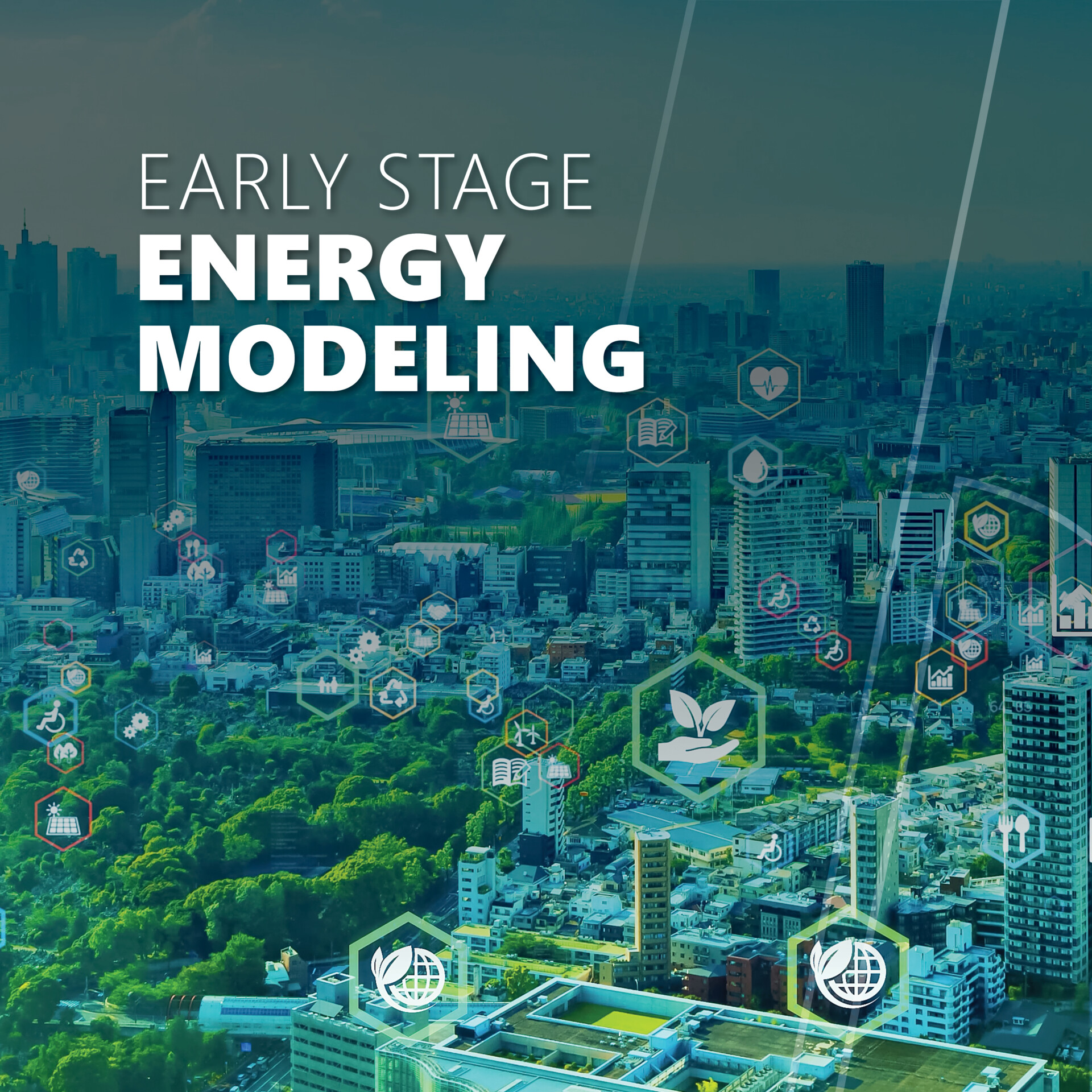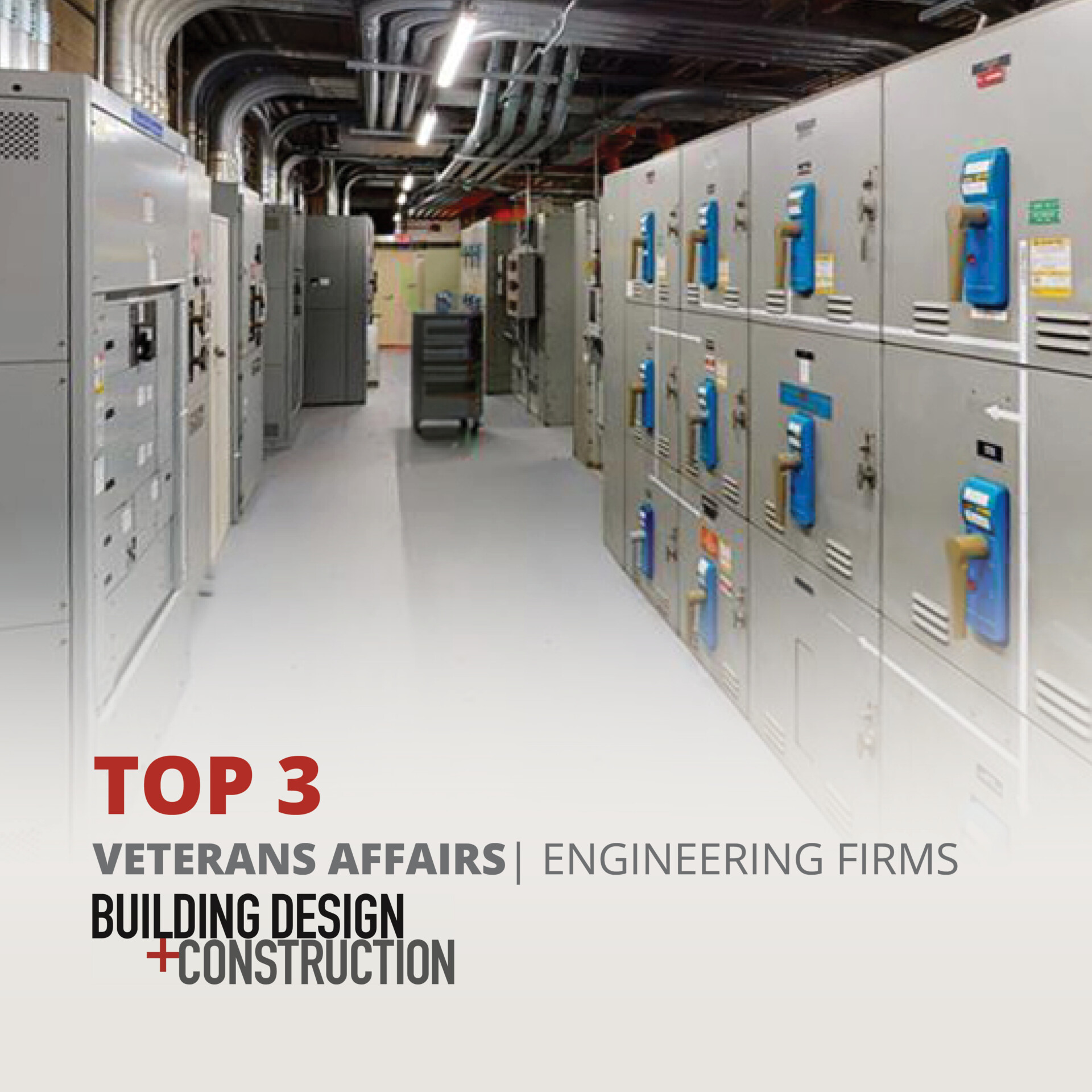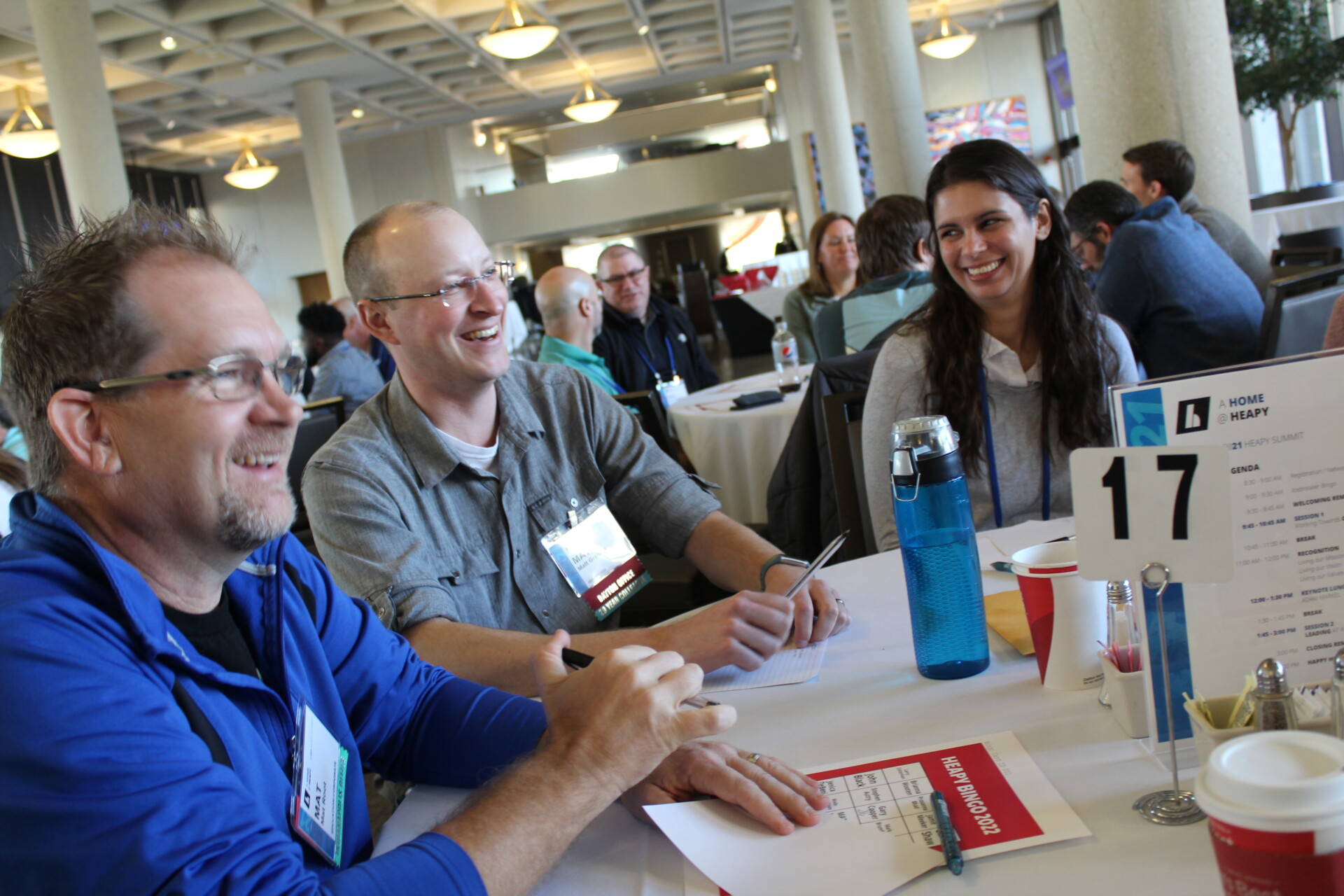 As we celebrate three decades of dedication, leadership, and technical excellence, we sat down with Nathan E. Spriegel to reflect on his 30-year journey at HEAPY. From early lessons learned through experience to shaping the next generation of engineers, Nathan shares what has made his time at HEAPY meaningful and what continues to drive his passion for the work.
As we celebrate three decades of dedication, leadership, and technical excellence, we sat down with Nathan E. Spriegel to reflect on his 30-year journey at HEAPY. From early lessons learned through experience to shaping the next generation of engineers, Nathan shares what has made his time at HEAPY meaningful and what continues to drive his passion for the work.
Q: How do you leverage your strengths and skills for success in your role?
Experience is everything. Each project offers a lesson, sometimes a tough one, and I carry that learning forward. At HEAPY, we’ve built a mentoring culture that encourages our younger team members to learn not just through failure, but through guidance and shared experience. Failing can be a powerful teacher, but it’s not the only one. I’ve made mistakes. We all have. One thing I always tell our new co-ops and engineers: at some point, you’re going to make a big mistake, and it’ll make you feel sick to your stomach. But the key is what you take away from it.
Q: Can you share a defining moment, achievement, or a favorite project in your career at HEAPY?
The Jewish Hospital project stands out. It was the first major project I worked on, esse ntially a trial by fire, and it set the course for my career. I originally trained as an architectural draftsman, but that project helped me realize my path was on the engineering side. It was dynamic, challenging, and had a lasting impact on me. I also come from a background that includes electrical work, my father was an electrician, so in a way, the shift felt natural. Back then, we weren’t as segmented into specialty teams, so I got to work on everything from schools to hospitals to retirement communities. That diversity was incredibly formative.
ntially a trial by fire, and it set the course for my career. I originally trained as an architectural draftsman, but that project helped me realize my path was on the engineering side. It was dynamic, challenging, and had a lasting impact on me. I also come from a background that includes electrical work, my father was an electrician, so in a way, the shift felt natural. Back then, we weren’t as segmented into specialty teams, so I got to work on everything from schools to hospitals to retirement communities. That diversity was incredibly formative.
Q: What has kept you motivated and passionate about your work at HEAPY for 30 years?
What keeps me going is the knowledge that the facilities we help design aren’t just buildings, they’re places people rely on. Hospitals, schools, and government buildings that serve communities for decades, maybe even longer. These projects are not monuments; they’re tools for life. They evolve and change, but they remain useful long after we’ve finished our part. That legacy is meaningful.
Q: How do you foster a collaborative environment within your team and ensure successful projects?
Communication is critical. Projects move quickly these days, and timelines are tight. Whether it’s between our internal disciplines or working with clients, staying aligned is essential. Over the years, we’ve gone from phone calls and faxes to a flood of emails, now more than ever, subject lines and clarity matter. You have to know what project you’re dealing with at a glance. Despite how fast everything moves, good communication still makes the difference between a smooth project and one that misses the mark.





